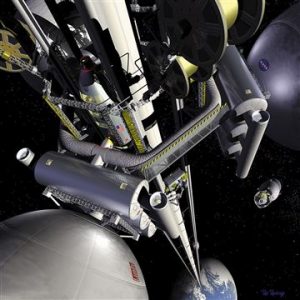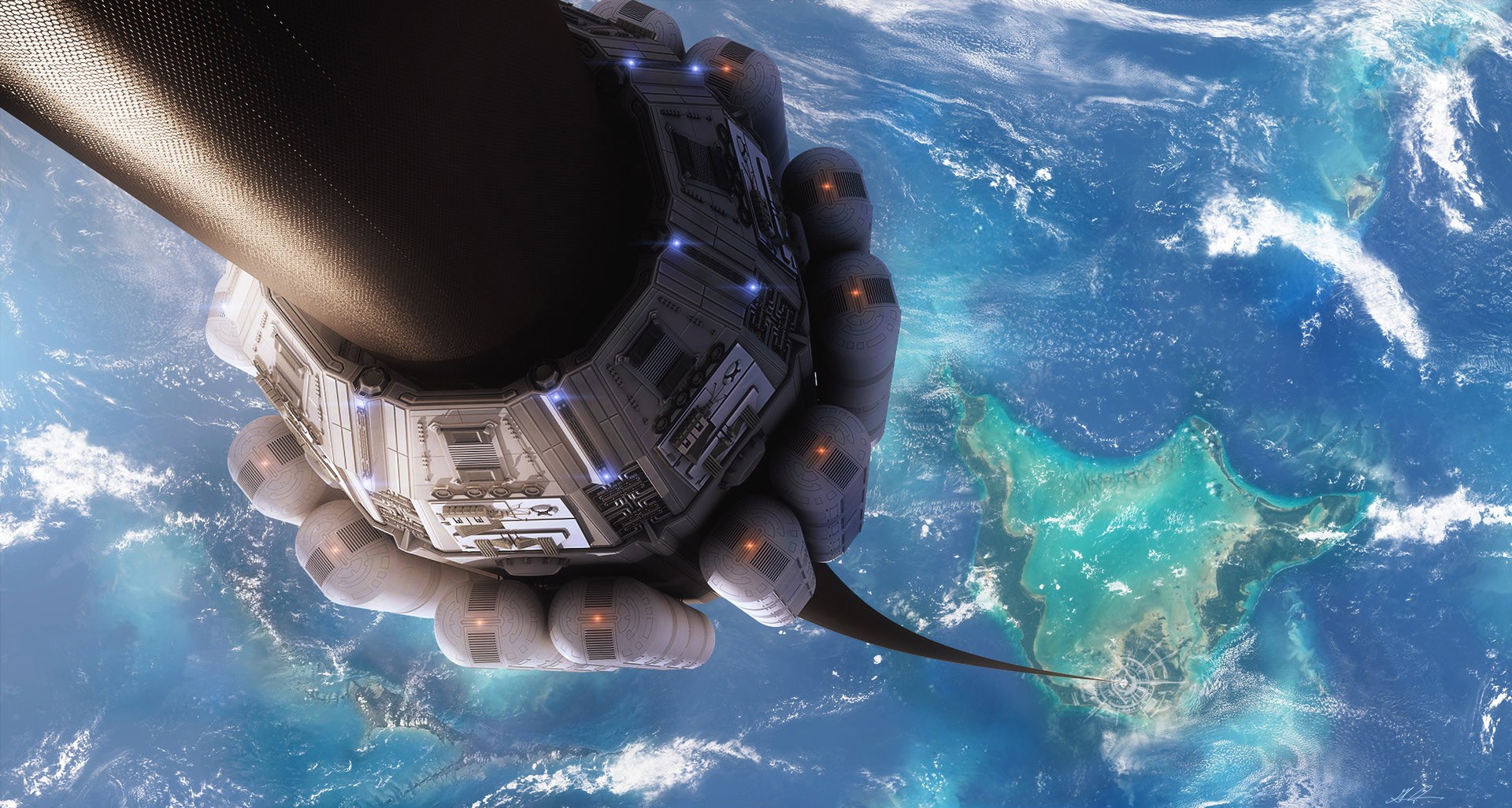For more than half a century, rockets have been the only way to go to space. But in the not-too-distant future, we may have another option for sending up people and payloads: a colossal elevator extending from Earth’s surface up to an altitude of 22,000 miles, where geosynchronous satellites orbit.
NASA says the basic concept of a space elevator is sound, and researchers around the world are optimistic that one can be built. The Obayashi Corp., a global construction firm based in Tokyo, has said it will build one by 2050, and China wants to build one as soon as 2045. Now an experiment to be conducted soon aboard the International Space Station will help determine the real-world feasibility of a space elevator.
“The space elevator is the Holy Grail of space exploration,” says Michio Kaku, a professor of physics at City College of New York and a noted futurist. “Imagine pushing the ‘up’ button of an elevator and taking a ride into the heavens. It could open up space to the average person”.

Kaku isn’t exaggerating. A space elevator would be the single largest engineering project ever undertaken and could cost close to $10 billion to build. But it could reduce the cost of putting things into orbit from roughly $3,500 per pound today to as little as $25 per pound, says Peter Swan, president of International Space Elevator Consortium (ISEC), based in Santa Ana, California.
The idea for a space elevator was first dreamed up in 1895 by Konstantin Tsiolkovsky, a Russian scientist who did pioneering work in rocketry. As commonly conceived today, a space elevator would consist of motorized elevator pods that are powered up and down a ground-to-space tether. The tether would stretch from a spaceport at the equator to a space station in geosynchronous orbit overhead. Centrifugal forces caused by the Earth’s rotation would hold the tether aloft.
Read more HERE
Ask me anything
Explore related questions





